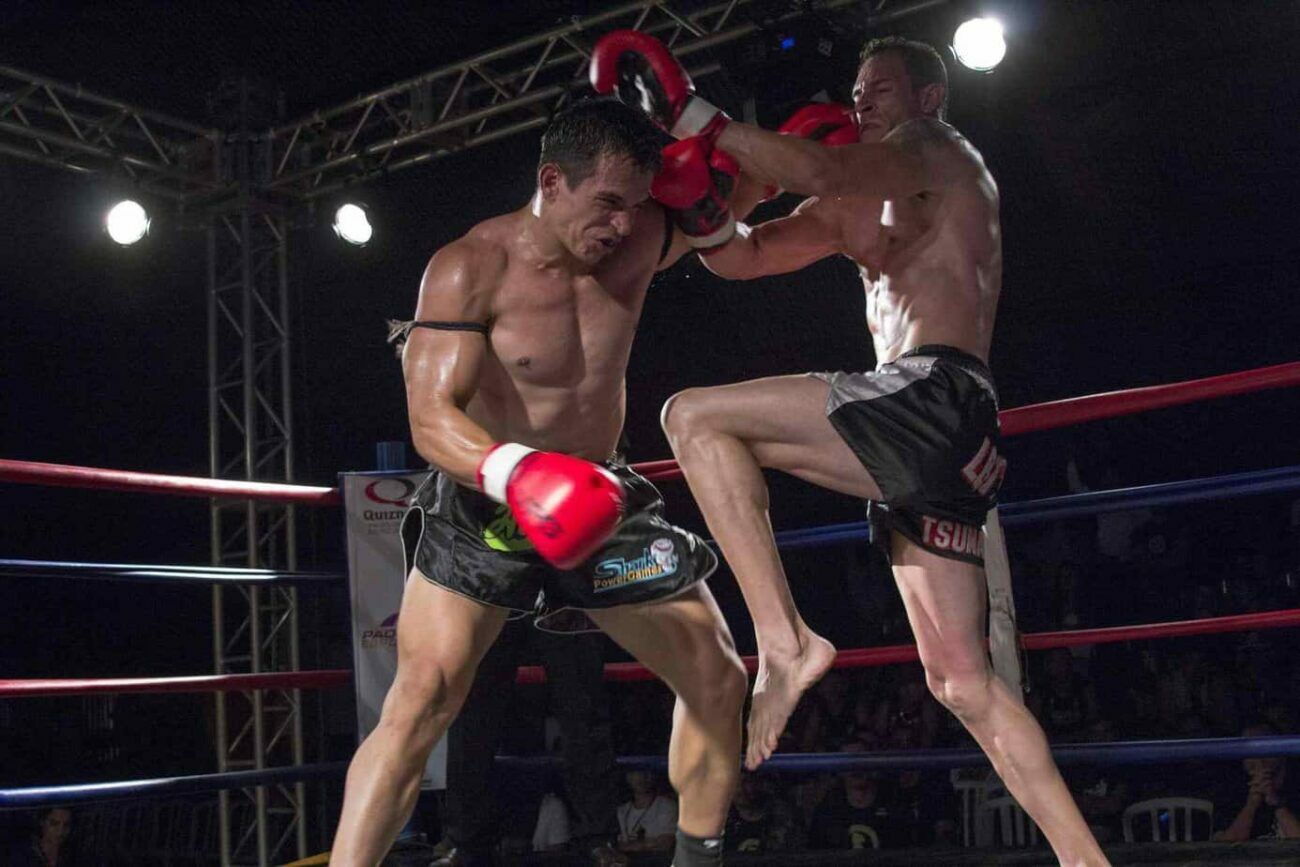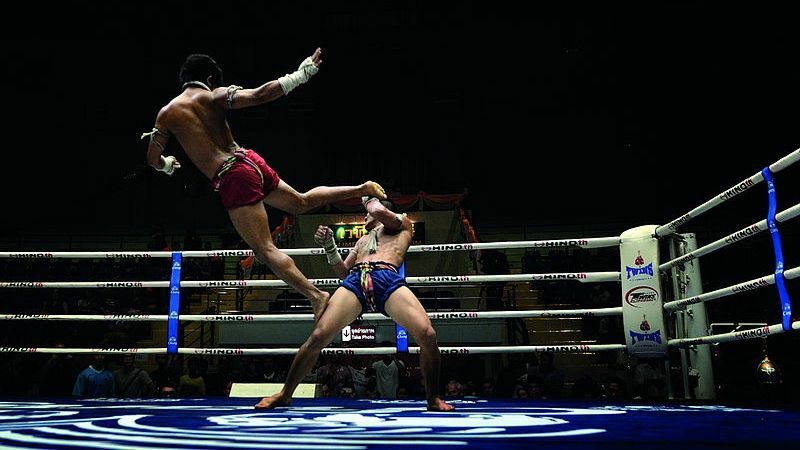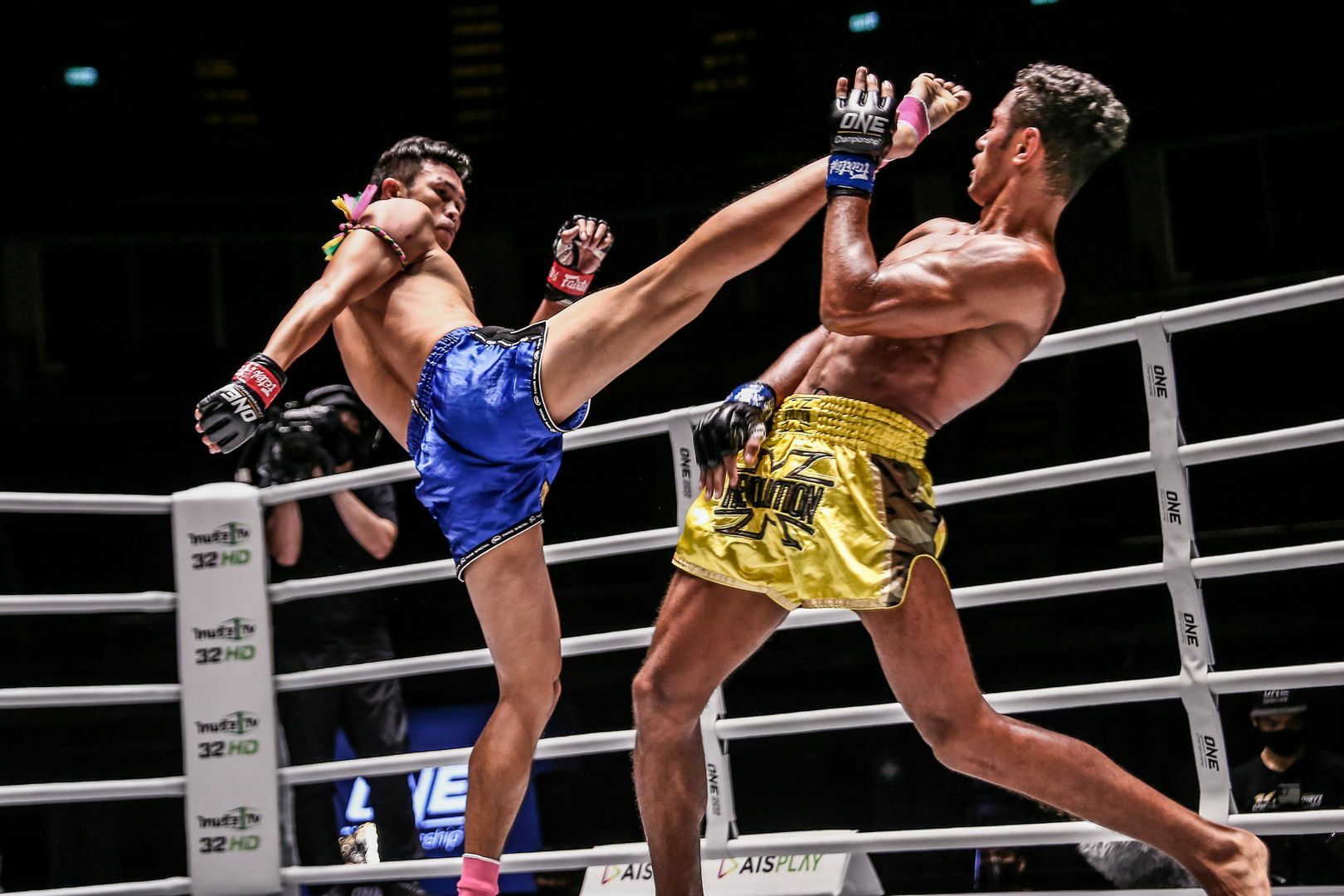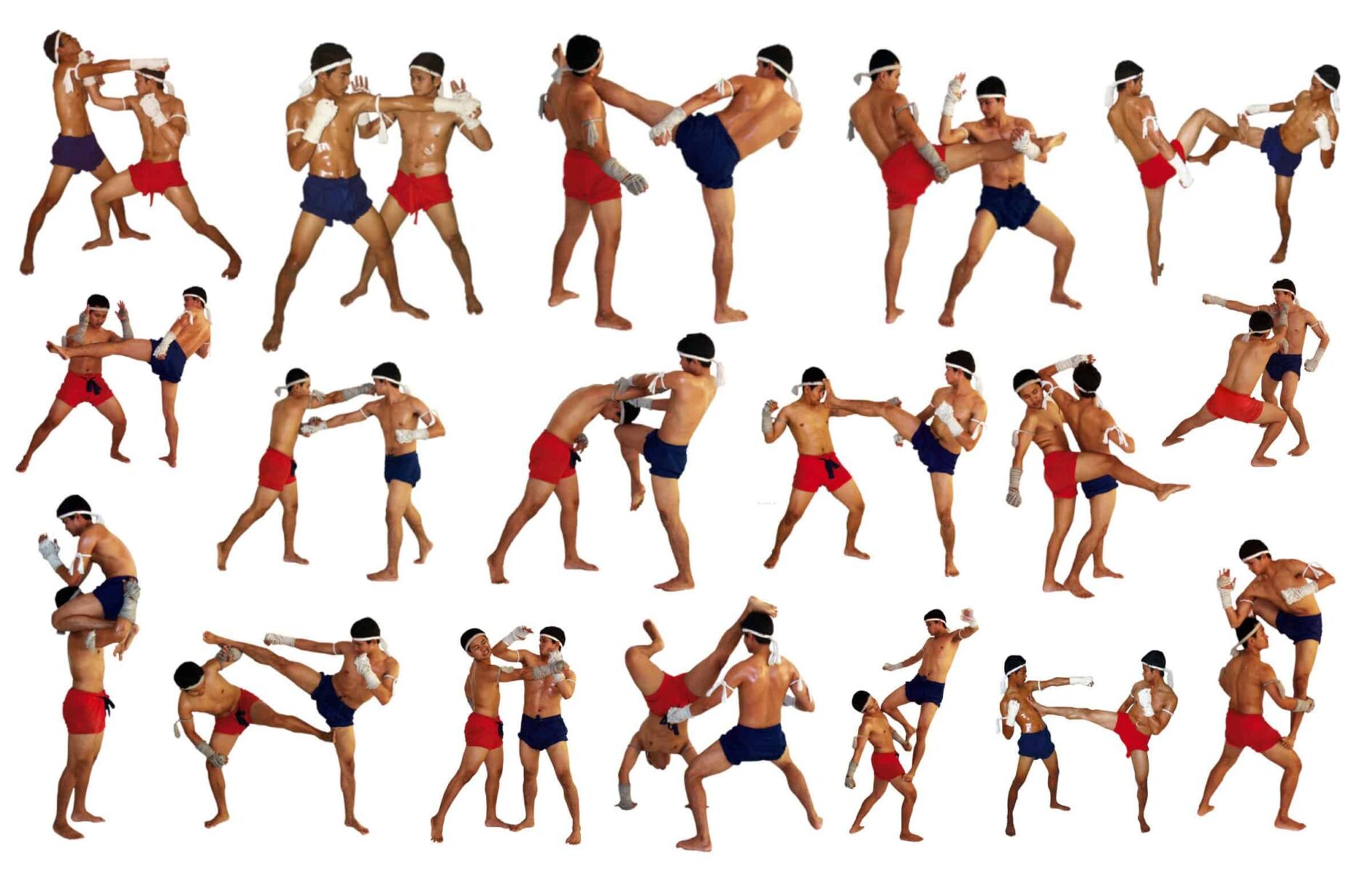The difference between Muay Boran and Muay Thai

Similarities Between Muay Thai and Muay Boran
When it comes to drawing comparisons, Muay Boran and Muay Thai exhibit notable similarities, particularly in their focus on utilizing all extremities for offensive and defensive manoeuvres. Acknowledged as the bedrock of Thai martial arts, Muay Boran significantly shapes many fundamental aspects of Muay Thai. Essentially, Muay Thai can be regarded as a modern iteration of Muay Boran, adjusted to conform to Western rules and regulations. However, this adjustment led to the exclusion of specific Muay Boran techniques considered incompatible with the newly adopted Western guidelines.
Under these regulations, Muay Thai deems actions such as a kick to the groin, eye gouging, and striking a grounded opponent illegal, penalizing such moves. Muay Boran, on the other hand, operates with less restriction. Yet, let’s explore some commonalities between these two disciplines:
- Utilising different punches and combinations such as jabs, hooks, uppercuts, and crosses
- Consistently incorporating a variety of kicks, including the axe kick, front kick, diagonal kick, push kick, and roundhouse kick
- Executing knee strikes at close quarters, including the diagonal knee, horizontal knee, straight knee, knee bomb, and knee from a clinch
- Performing the Wai Kru dance as part of the pre-fight ritual
- Practitioners in both Muay Thai and Muay Boran employ twisted hemp ropes, to wrap around their knuckles

In Muay Boran, clinching serves as a potent tool for setting up strikes and locks, mirroring its utilization in Muay Thai. Both martial arts share the strategy of targeting the opponent’s joints and pressure points to systematically weaken them during a fight. This underscores the shared principles between these two martial disciplines.
Differences Between Muay Thai and Muay Boran
Nevertheless, Muay Boran introduces an additional element, the use of the head. The primary distinction between Muay Thai and Muay Boran lies in the permission for striking with the head in the latter. Consequently, Muay Boran earns the moniker “Art of the Nine Limbs” instead of “Art of the Eight Limbs,” as used in Muay Thai. Muay Boran lacks a singular, unified ruleset, with various regions in Thailand showcasing distinct styles. Apart from its less restrictive movement and inclusion of headbutts, Muay Boran diverges from Muay Thai in various aspects, including,
-
- Muay Boran’s fundamental stance adheres to a centre line, aligning the fighter’s fists along this axis. In contrast, Muay Thai adopts a more expansive stance, positioning the fighter’s fists to the exterior of the head’s centreline
- Certain theories propose that Muay Boran’s centred stance facilitates the deflection of incoming strikes from opponents, offering a seamless transition from defence to grappling. Additionally, this stance serves as a shield, guarding the fighter against attacks directed at vital areas
- Muay Boran’s stance is also lower and wider compared to Muay Thai. Fighters usually assume a more defensive and wider stance that helps cover the groin and other vulnerable spots
- Muay Boran fighters must protect themselves from strikes that may be called illegal in Muay Thai. For this reason, a wider and more defensive stance is a better strategy
- In terms of offence, what is Muay Boran famed for is its emphasis on hitting the opponent’s limbs until they become numb. The simple reason behind this tactic is that if you take away your enemy’s limbs, you are taking away their best weapon against you.

Latest Thailand News
Follow The Thaiger on Google News:



























